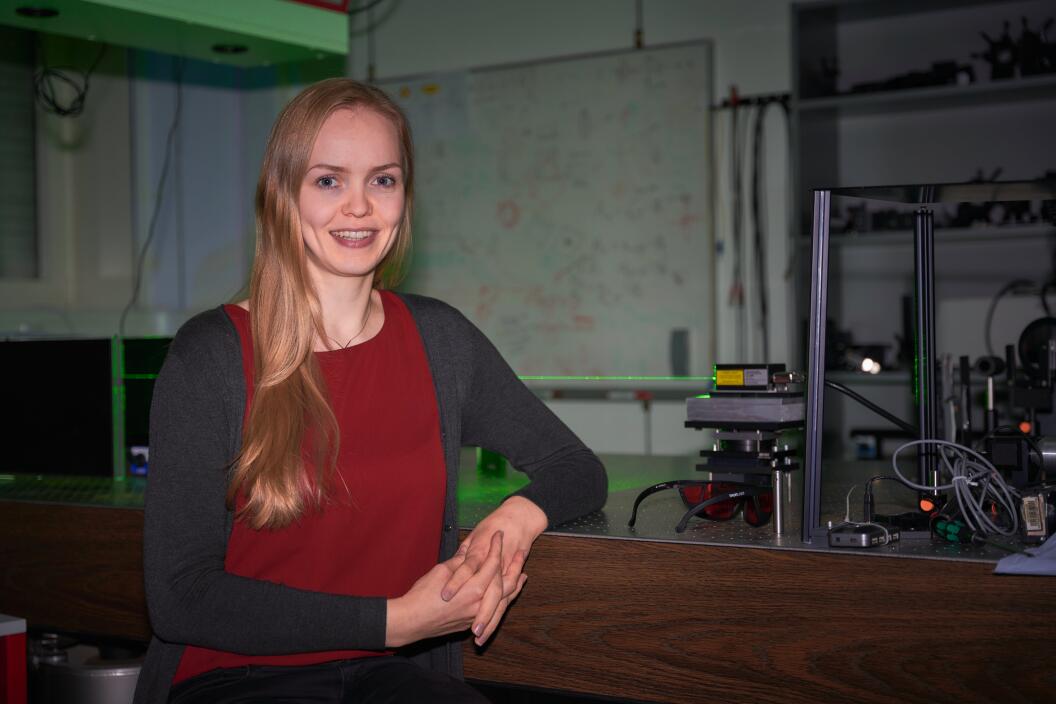Structuring light to reveal the invisible
Christina Zhou (headasst@phas.ubc.ca)
*All are welcome at this event!
Abstract:
From quantum physics to cosmology, researchers aim to “see” things which are typically invisible – be it the entanglement of two particles or infrared signatures from space. In these and various other fields, we are confronted by a common challenge: What we can see with our own eyes or observe using standard optical imaging systems is limited to a small fraction of the information that the detected light actually carries. Two-dimensional (2D), flat images, such as a photo, only reveal the intensity and visible color of the light coming to us from an optical scene. However, light contains a wealth of information on the three-dimensional (3D) position, angle of incidence, spectral context, amplitude, phase, polarization, optical angular momenta, coherence, amongst others. In fact, if light interacts with media, nature will give us structured light that is spatially varying in the named properties in a fashion that depends on the interaction. In this talk, I will present how we can use these kinds of structured light fields to extract information from an optical scene and, vice versa, how structured light can serve as an excitation or probing tool to gain access to usually invisible information. In this context, we will explore “optical vortices” in phase and polarization, their generation, and application. Moreover, we will gain insights into the nanoscale features of structured light and its leading role for next-generation imaging techniques.
Bio:

Eileen Otte is a postdoctoral researcher in Prof. Mark Brongersma’s group at Stanford University, USA. After her undergraduate studies and completing her Master degree with distinction, she specialized on structured singular light in her PhD studies. She performed her research at the University of Muenster (WWU), Germany, as well as the University of Witwatersrand, South Africa, under the supervision of Prof. Dr. Cornelia Denz and Prof. Dr. Andrew Forbes. In 2019 she finished her PhD, honored with "summa cum laude" and the WWU Dissertation Award in Physics, and published in the Springer Theses series. Further, she received the Research Award 2020 of the Industrial Club Duesseldorf and was accepted as a junior class member of the NRW Academy of Sciences, Humanities, and the Arts. After her PhD, Eileen performed research on complex topological structures in light and light-matter-interaction, including new structured-light-based sensing approaches. Since 2021, at Stanford and in collaboration with the Center for Soft Nanoscience (WWU), she concentrates on imaging nano-scale emitters using metasurfaces. Supporting her research, Eileen was awarded the GLAM fellowship (Stanford University) as well as the PRIME fellowship (DAAD, Germany).
Learn More:
See article on Eileen's research and funding award from the DAAD program here